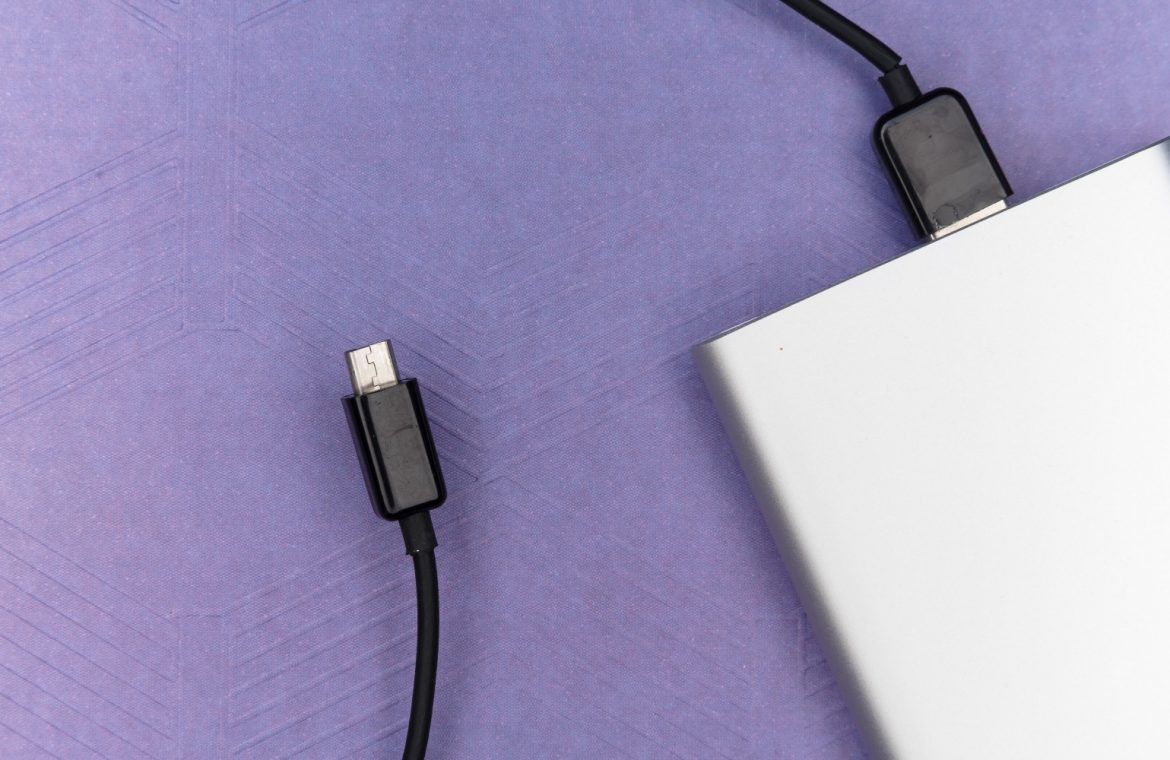USB-C symmetrical is the most universal cable termination that can connect and power the electronics used by us. Meanwhile, USB-C standards are numerous, and cables and ports can have different capabilities. How do you recognize the new USB cable tags?
A cable with a USB-C socket appears to be the ideal connector that will work with any connection required by consumer electronics. So much so that many years ago the European Commission noticed its existence and began efforts to formalize the spread of the USB-C charging standard. Unfortunately, although the symmetric plug will go into every USB-C port, the universal cable only looks the same.
How do I choose a good USB-C cable?
USB-C can be used for data transmission and power supply. It also happens that we also use them as video inputs. However, all this is not necessarily universal. Tablets and phones with a fast charging function are equipped with a symmetrical USB input, but not every cable with a suitable socket will turn them on quickly. Likewise, not every plug that fits into a USB-C port is treated by electronics as more than just a data path. Moreover, not every such path will be a path of equal quality.
There are many possibilities why purchasing a suitable USB-C cable for our purposes now requires careful consideration of the technical specifications of the inputs, chargers and the cables themselves. Not every user of electronics even knows how to do this. As a result, we often use USB-C cables that look just right and don’t know what we should or don’t know as quickly as we’d like.
New labels for USB-C cables
Organizations promoting the USB standard are trying to reduce this inconvenience. One is the USB Implementers Forum, which recently created guidelines for the new USB-C Power Delivery 3.1 standard. Currently, we also have new logos indicating individual standards with the power specifications a USB-C cable can operate:
The icons above will appear on USB-C cables and packaging and may be included in technical specifications. This is to make it easier to assess whether we are choosing a USB-C cable that will be safe for our electronics and will provide it with a fast enough power supply.
Are new standards for USB cables needed?
Recently, USB-C cables support the power supply not only with 100 watts, but also 240 watts, these capabilities are offered, for example, by Extended Power Range technology. It is not yet a standard, but devices with capabilities are on sale and require USB cables with special requirements. The new tags will also help in situations where we need a cable for the video connector and the quality of the reproduced material is important.
A USB-C cable receiver is also one of the most demanding equipment. Their high power can help them replace even the most common power cables. Then it may be necessary to put similar markings.
Source: Immenters Forum

“Devoted organizer. Incurable thinker. Explorer. Tv junkie. Travel buff. Troublemaker.”







